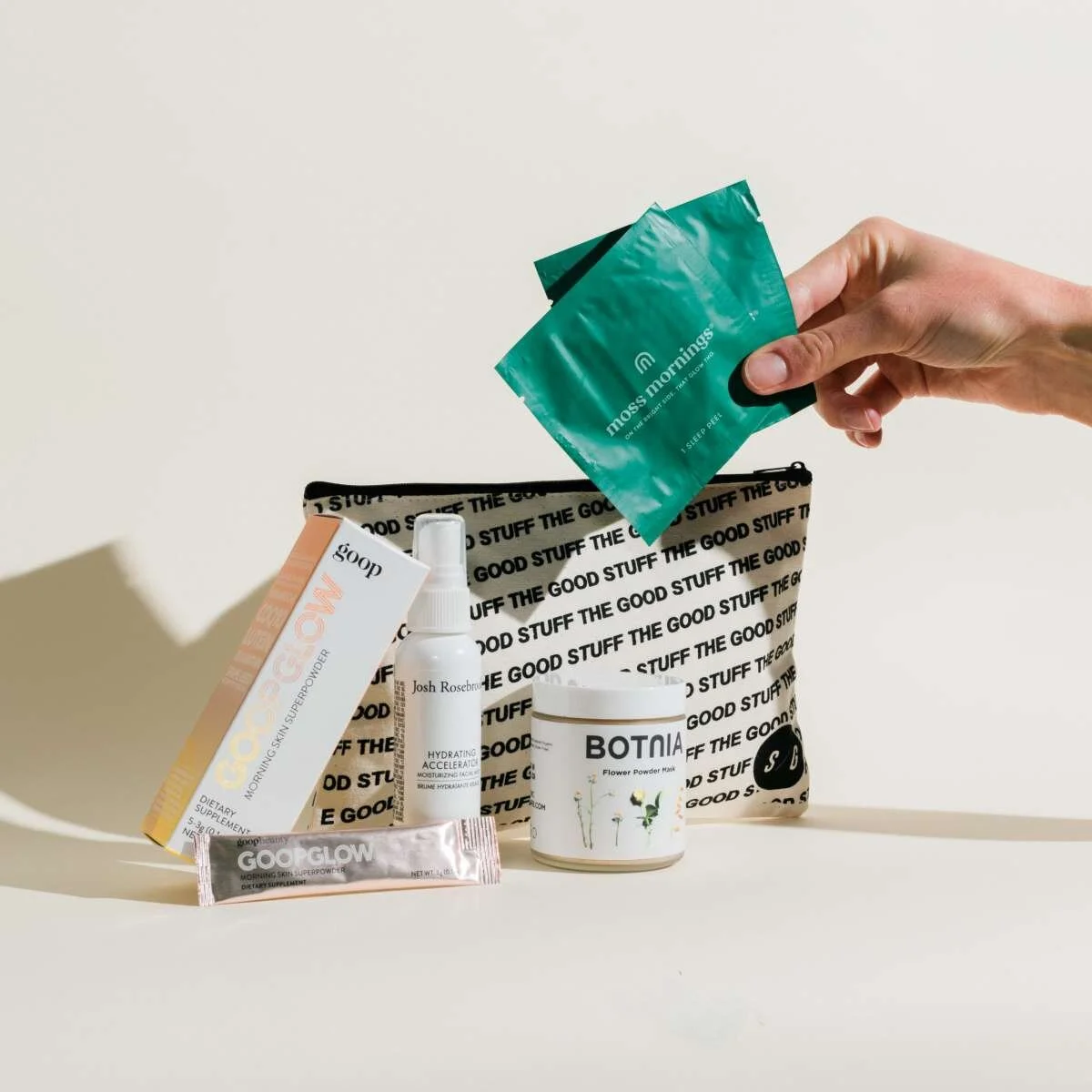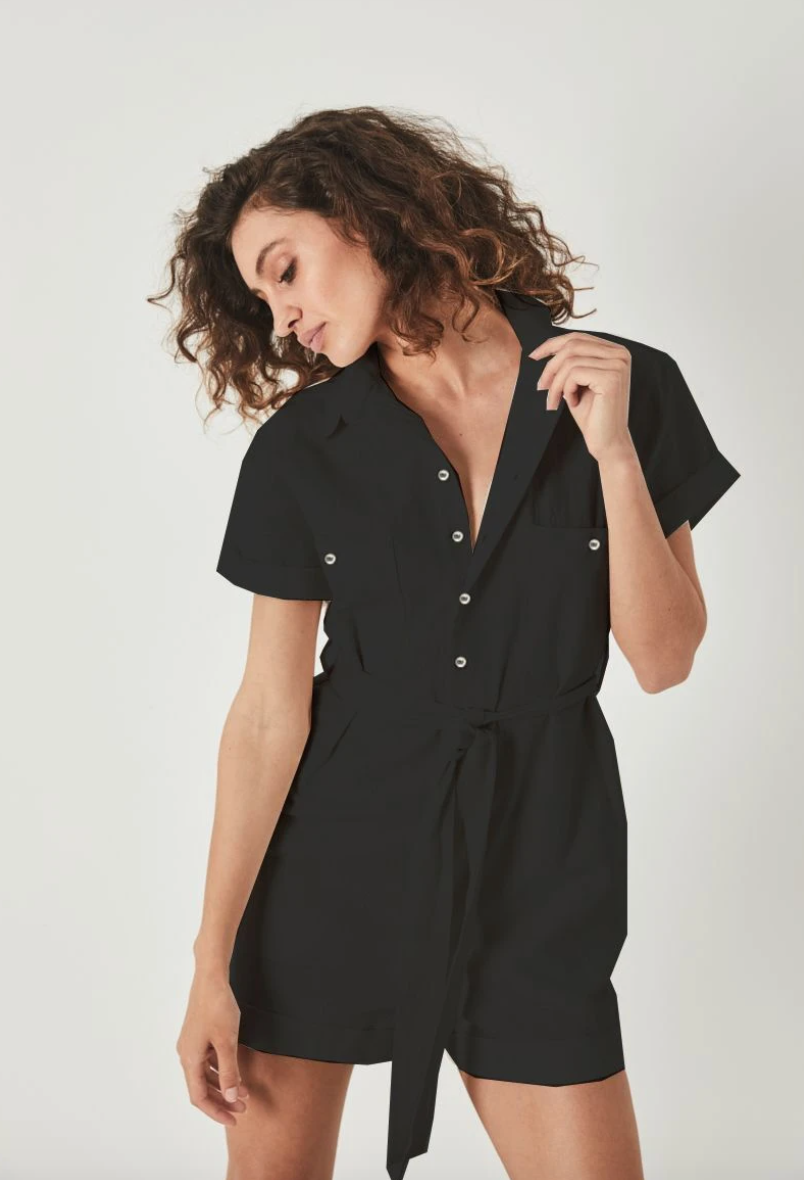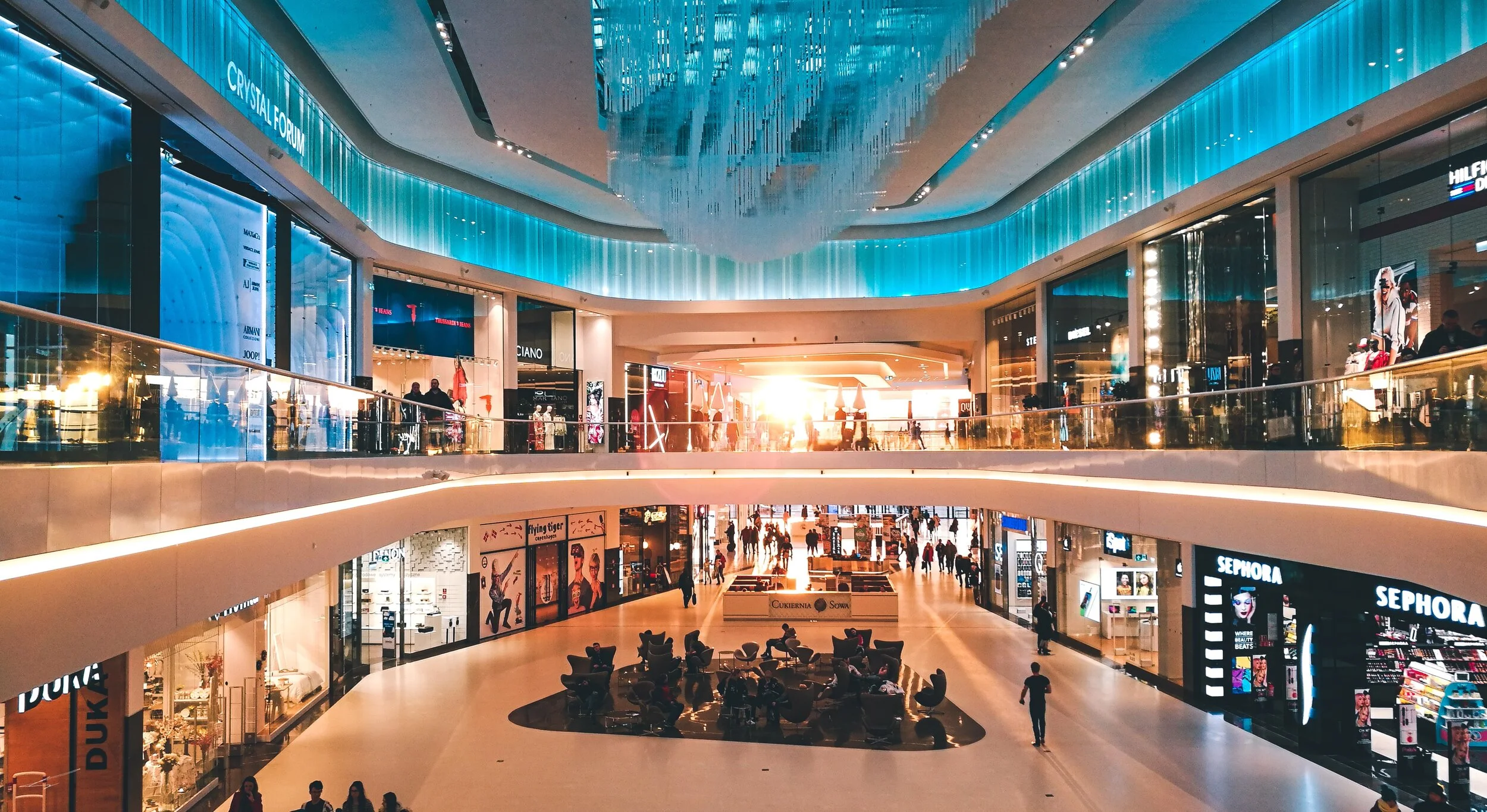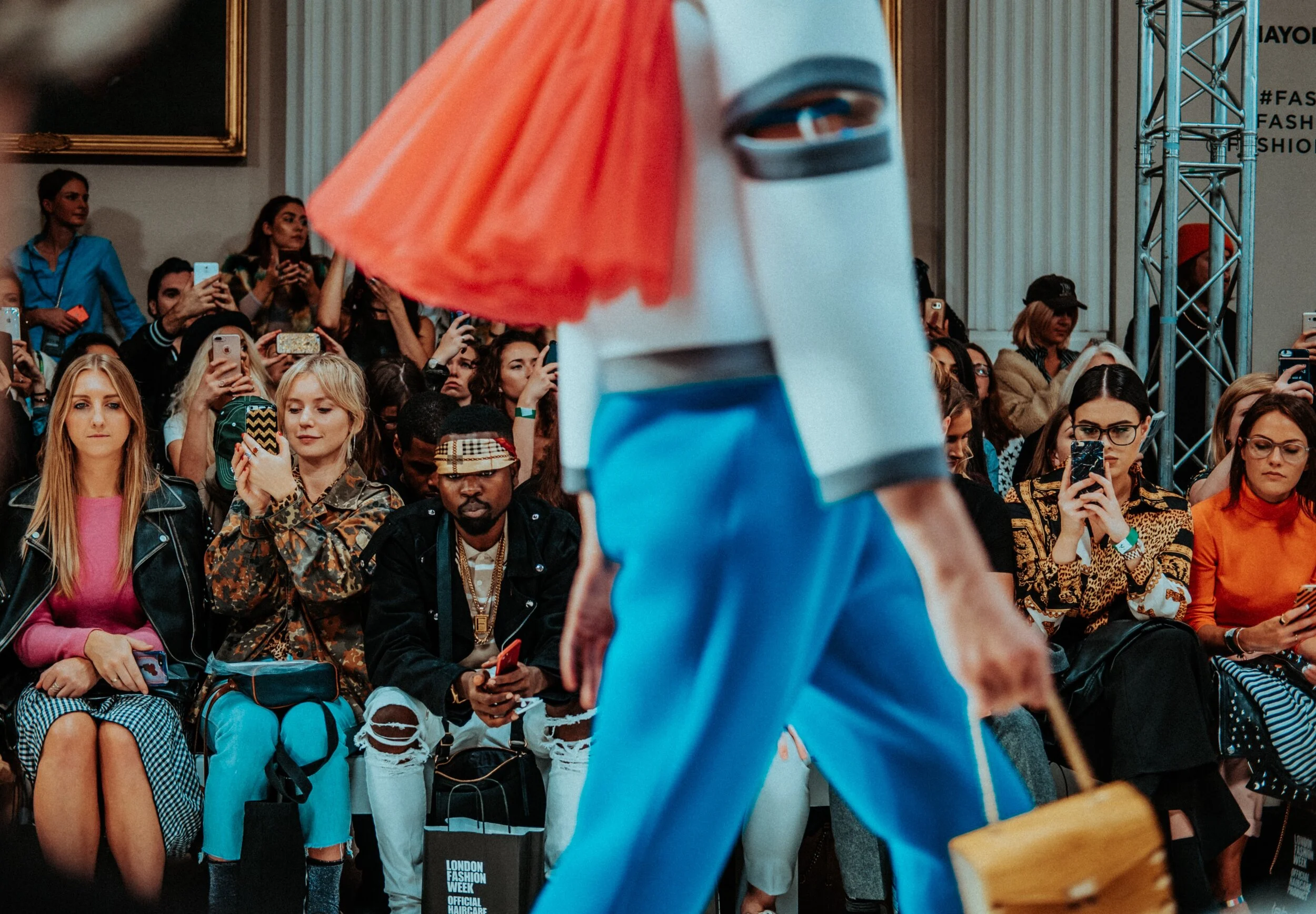5 Quarantine Fashion and Beauty Picks Perfect for Supporting Small Businesses
You’ve probably heard it before, but I will say it again. We are living in very strange and difficult times. Non-essential businesses remain closed across the country, leaving small businesses struggling with revenue to make even half of what they normally would in the coming summer months. I have listed below my top 5 fashion and beauty picks from some of my favorite small brands that can help you feel sane and stylish while staying indoors!
Loungewear has never seen better days and this set is super soft and cozy while making you feel put together even though you’re in sweats.
What to do with all of your free time you ask? Put your best skin forward and treat yourself to an at-home spa day with this kit. In this awesome pouch you get: Josh Rosebrook Hydrating Accelerator, Botnia Flower Powder Mask, Goopglow skin supplements, and 2 Moss Mornings Sleep Peels.
These leggings are as beautiful and colorful as a San Diego sunset. They will lift your spirits while doing your favorite at-home workouts!
Even just a coat of color on your fingers can help you feel like the world isn’t as much of a mess it actually is.
A one and done that will make you feel put together enough to take some #OOTD pics in your bedroom mirror.
Earth Day and the Fashion Industry: it’s complicated.
Today, April 22nd 2020, marks the 50th anniversary of Earth Day. It seems as though 50 years worth of reminders would have led every industry on a righteous path, but that is not the case, especially regarding the fashion industry.
While the industry has made wonderful and massive strides since the dire impact of climate change was grasped by the public, it still remains one of the most polluting industries in the world.
Every year for the past 5 years, Fashion Revolution, a platform dedicating to advocating for improved labor conditions and sustainability efforts, has been releasing a transparency index in which they analyze “250 of the world’s largest fashion brands and retailers and ranked them according to how much they disclose about their social and environmental policies, practices and impacts.” Each brand is given a transparency score out of 100. The average level of transparency amongst the 250 brands was around 23%. This typically means they will have basic information about their factories like the name and address but lack information about any issues or processes.
On the positive side, transparency has been increasing year over year as well as the number of brands willing to participate in questionnaires and surveys, which scored higher than those that were not.
Source: www.fashionrevolution.org
Fashion Revolution and its yearly transparency index began in response for the call for a very closed off industry to lower the curtain and reveal its major flaws in order to work towards improvement. A main driver for this effort was in response to the Rana Plaza factory collapse in 2013. The factory collapsed as a result of extremely poor management and dismissals of many reports of the building falling apart before factory workers eyes. The tragedy ended up “killing more than 1,100 garment workers, mostly young women, and injuring 2,500 more.” according to Forbes. This terrible event shook the manufacturing as well as the fashion industry and hundreds of brands were called upon to improve their working conditions.
Labor issues are only half of the problem with this dominating industry, however, luckily for the planet sustainability is trendy and also on the rise. More brands than ever have dedicated themselves to producing less waste, using less chemicals, and polluting less toxins. Some brands have even built themselves on a sustainability platform like Reformation and Stella McCartney.
Personally, this gives me hope. It’s very slow progress but it is still visible, and I am no longer having to make excuses for the industry that I love. For the plant and humanity’s sake let us all take a stand against over-consumption and fast fashion, as well as push those who are slipping to be better, and all companies to improve their working conditions.
Fashion in the Age of Coronavirus
How is the industry navigating its future and marketing strategy through one of the most uncertain and difficult times in recent history?
Like many industries, the fashion industry is finding themselves in a time full of uncertainty. Many companies are experiencing layoffs, major profit losses, and according to Vogue, the “Fédération de la Haute Couture et de la Mode, has officially canceled the upcoming men’s and couture fashion weeks” and “the CFDA is also advising American designers to not show Resort 2021 collections in May and June and has postponed its menswear week.” These cancellations pose a major threat to an industry that relies on high fashion to set trends for each season, which trickle down to fast fashion retailers that bring trendy pieces to the masses.
The impact of social distancing and stay at home orders have put financial burdens on consumers around the globe and businesses that rely on their foot traffic. In a quote from Vogue “the CFDA and 90 business groups including the National Retail Federation, the Accessories Council, and the Fashion Footwear Association of New York brought their concerns to the White House, sending a letter to President Trump calling for economic stabilization efforts amidst the coronavirus pandemic.” The fashion and retail industry is deeply connected to the United States and is a foundation of many other countries economies, and many companies have taken hard hits which in turn leads to damaged markets and economies around the world.
Despite the major setbacks as well as slowing of sales and growing fears, many large fashion companies and conglomerates have shifted their marketing in a charitable direction. While it can be confusing which marketing route to venture down during a financial crisis: a discount route, a promotion of loungewear for staying indoors, or developing community engagement, many companies who can afford to do so are promoting their efforts in turning their manufacturing plants and previous profits into mask or sanitizer-making factories and making donations to major charities. According to Business Insider, “LVMH, the world's biggest luxury goods group, is ordering 40 million health masks from a Chinese supplier to help France cope with the coronavirus outbreak.”
As someone who is attempting to break into the working world for the first time, it is refreshing and inspiring to see so many companies and brands that I admire turn their goals away from revenue (while that still remains an important part of their business) and shift towards focusing on how they can best aid the people around the world during this pandemic. While some have the means to donate money and products, others had taken routes to engage their followers and customers to check in on wellbeing and let them know they are with them. She The Seeker, one of the local retailers I had the pleasure of working for as their first intern, has launched Instagram Live sessions with local small businesses in teaching her followers about what they do and what their passions are. I have also noticed many influencers using their platform for good and as a fundraising tool whether its for charities, medical supplies or even to help build an ICU unit.
While much is uncertain and scary these days, what helps keep my mind at ease is the fact that an industry that has long seemed so exclusive and far away from the public is extending helping hands to those in trouble and less fortunate, which consumers like myself will not soon forget when the dust has settled.








